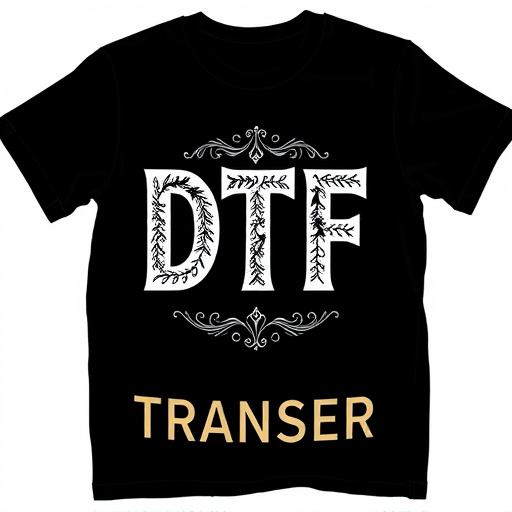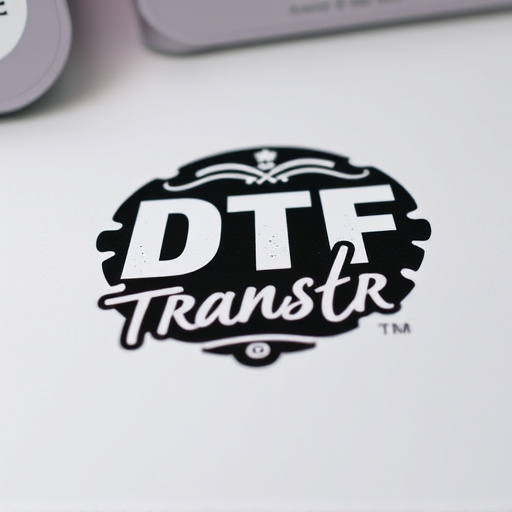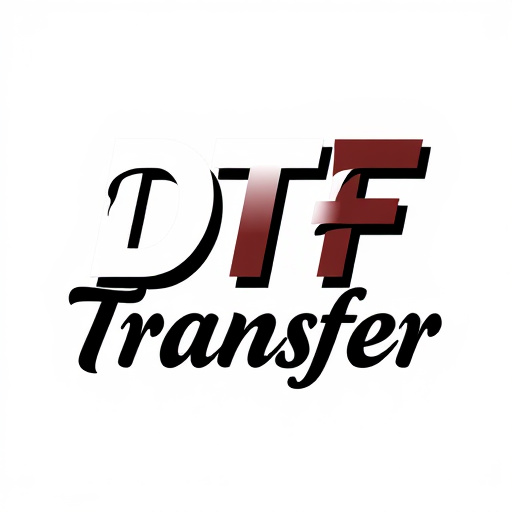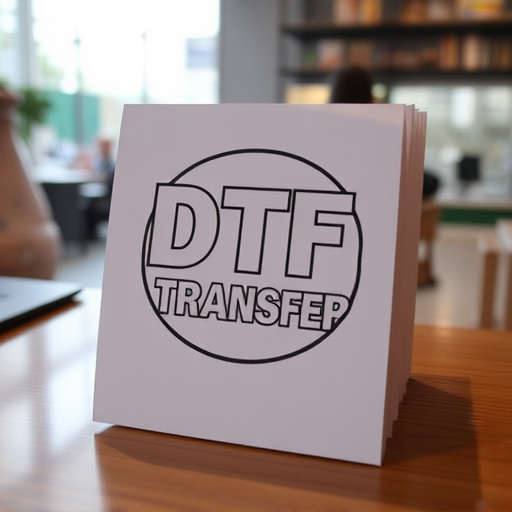Direct-to-Film (DTF) transfer printing is a revolutionary process applying complex designs directly to various surfaces like metal, glass, wood, and plastics. It offers swift, cost-effective, and durable solutions for branding and decoration with vibrant colors and custom textures. DTF prints are long-lasting, fade-resistant, and damage-proof, ideal for clothing, signage, and promotional items. Key factors ensuring longevity include high-quality imaging, robust materials like vinyl, and skilled application techniques. As an eco-friendly alternative, DTF reduces waste, energy, and pollution compared to traditional methods. Its versatility has led to successful applications in outdoor advertising, manufacturing, and personalized products, with future advancements aiming to extend its lifespan for broader use.
Direct-to-film (DTF) transfer printing has emerged as a powerful medium, offering exceptional longevity and resilience for various applications. This article delves into the durability of DTF prints, exploring how they withstand the test of time. From understanding the DTF process to unlocking key factors for design preservation, we uncover the secrets behind its longevity. Additionally, we examine environmental impacts and present eco-friendly solutions, supported by real-world case studies. Finally, we glimpse into the future, highlighting enhancements that will solidify DTF’s position as a lasting impression technology.
- Understanding Direct-to-Film (DTF) Transfer: A Brief Overview
- The Durability of DTF Prints: Withstanding the Test of Time
- Unlocking Longevity: Key Factors in DTF Design Preservation
- Environmental Impact and DTF: Exploring Eco-Friendly Solutions
- Case Studies: Real-World Examples of Resilient DTF Applications
- Future Prospects: Enhancing DTF's Resilience for Lasting Impressiosn
Understanding Direct-to-Film (DTF) Transfer: A Brief Overview
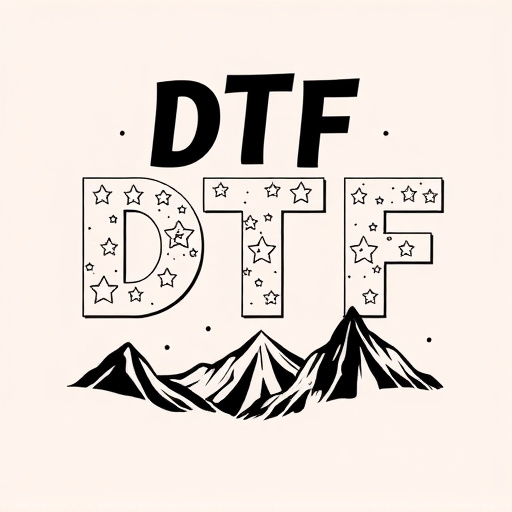
Direct-to-Film (DTF) transfer is a printing process that has gained significant traction in recent years, particularly within the design and manufacturing industries. This innovative technique involves transferring designs directly onto various surfaces using specialized ink and a high-resolution digital printhead. DTF offers a direct and efficient way to apply complex designs to materials like metal, glass, wood, and plastics, without the need for intermediate steps or costly set-ups.
The process begins with a digitally created design that is then converted into a format suitable for printing. The DTF printer uses precision technology to deposit ink onto the target surface, creating precise, high-quality prints. This method is highly versatile, allowing for intricate patterns, vibrant colors, and even custom textures. Moreover, DTF transfer is resistant to fading and damage, ensuring that applied designs maintain their integrity over time, making it an ideal solution for long-lasting decorations and branding.
The Durability of DTF Prints: Withstanding the Test of Time

Direct-to-film (DTF) prints have proven their durability and resilience over time, making them a reliable choice for various applications. The DTF transfer process involves printing directly onto materials like fabric, paper, or plastic, creating long-lasting designs that can withstand everyday wear and tear. This longevity is attributed to the advanced printing technologies used, ensuring precise and vibrant colors that don’t fade easily.
The durability of DTF prints is evident in their ability to maintain clarity and vibrancy even after extensive use. Whether applied to clothing, signage, or promotional items, these prints retain their original quality, making them a preferred method for creating lasting impressions. Additionally, the bond between the design and the substrate is strong, preventing peeling or flaking, which further enhances their resilience in diverse environments.
Unlocking Longevity: Key Factors in DTF Design Preservation
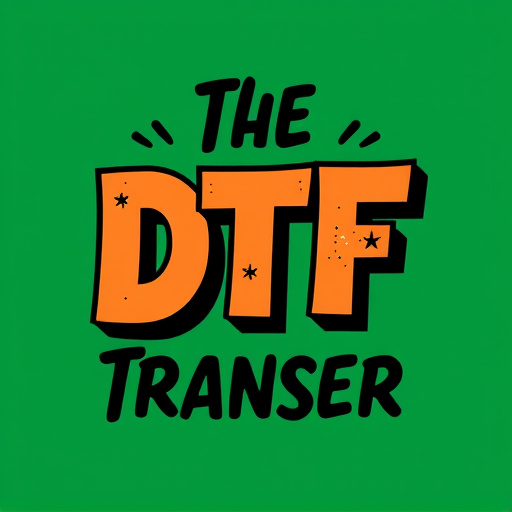
The longevity and resilience of direct-to-film (DTF) applied designs hinge on several key factors that contribute to their preservation over time. One of the primary considerations is the quality of the DTF transfer process. Using advanced printing technologies and high-resolution imaging ensures that intricate details and colors are accurately transferred onto various surfaces, preventing fading or distortion.
Additionally, the choice of appropriate materials plays a pivotal role in DTF design durability. Durable substrates like vinyl or specialized plastics can withstand environmental factors such as UV rays, moisture, and temperature fluctuations, ensuring that DTF prints retain their vibrancy and integrity for extended periods. Proper application techniques, including even coating and precise alignment, further enhance the longevity of these designs, making them suitable for both indoor and outdoor use.
Environmental Impact and DTF: Exploring Eco-Friendly Solutions

Direct-to-film (DTF) transfer and printing technologies have evolved to offer more than just aesthetic appeal; they are increasingly considered for their environmental benefits. Traditional printing methods often rely on toxic chemicals and vast amounts of water, contributing to significant ecological footprints. In contrast, DTF processes minimize these impacts by directly applying designs onto materials without the need for elaborate pre-treatment or harmful substances.
This eco-friendly approach reduces waste generation and lowers energy consumption compared to conventional methods. For instance, DTF printing eliminates the use of plasters or inks that can contain volatile organic compounds (VOCs), thereby decreasing air pollution. Moreover, digital file-based printing means less scrap material, as designs can be precisely transferred, ensuring efficient use of resources. These sustainable practices make DTF an attractive option for businesses and individuals seeking to reduce their environmental impact while still achieving high-quality, durable prints on various substrates.
Case Studies: Real-World Examples of Resilient DTF Applications
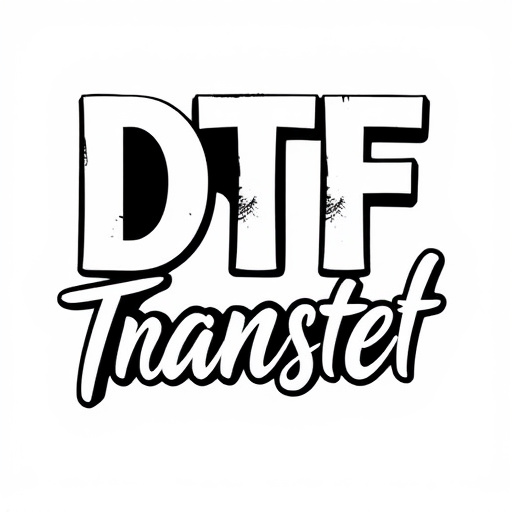
Direct-to-film (DTF) transfer and printing have proven their longevity and resilience across various industries, offering durable solutions for a wide range of applications. Case studies from real-world scenarios showcase the effectiveness of DTF in enhancing product aesthetics and performance. For instance, outdoor advertising campaigns have benefited immensely from DTF technology. Large-format prints applied to billboards and transit ads using DTF methods have demonstrated exceptional weather resistance, ensuring that marketing messages remain vibrant and legible for extended periods.
Moreover, DTF has found success in the manufacturing sector, particularly with personalized and customized products. Companies producing items like phone cases, laptop sleeves, and custom apparel have adopted DTF printing to deliver high-quality, long-lasting results. The technology’s ability to create intricate designs directly onto various materials has fostered innovation, enabling businesses to offer unique, durable goods that cater to modern consumers’ demands for personalized accessories.
Future Prospects: Enhancing DTF's Resilience for Lasting Impressiosn
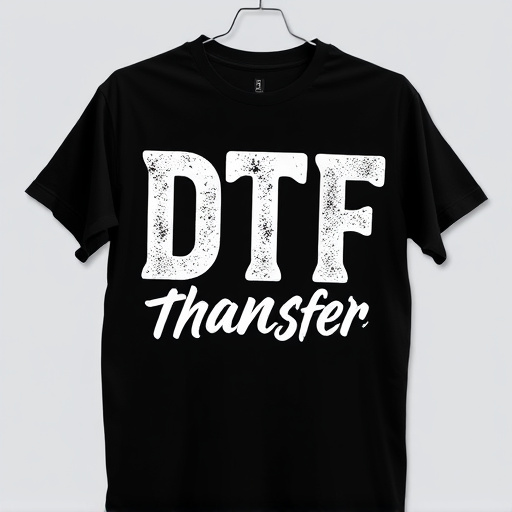
As technology advances, direct-to-film (DTF) transfer and printing techniques continue to evolve, offering exciting prospects for the future. The industry’s focus on enhancing DTF’s resilience and durability will be key to creating lasting impressions. By improving the quality and longevity of DTF prints, designers and manufacturers can offer more sustainable solutions without compromising creativity or visual impact.
Research into advanced materials and inks is already paving the way for longer-lasting DTF transfers, ensuring that printed designs withstand the test of time and various environmental factors. This includes developing waterproof and UV-resistant inks, as well as exploring innovative substrates that provide enhanced durability. These advancements will not only extend the lifespan of DTF prints but also open up new possibilities for outdoor applications, product branding, and long-term artistic installations.




